
|
![[NEWS AND FACTS BANNER]](/URClipArt/misc/newsfacts.jpg) |
||||||||||||||||||||||||||||||||||||||||||||||||||||||||||||||||||||

Back to the Future
| |||||||||||||||||||||||||||||||||||||||||||||||||||||||||||||||||||||
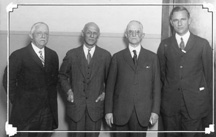 Founding fathers: Rhees, Flexner, Eastman, Whipple Medical reformer Abraham Flexner of the Rockefeller-supported General Education Board meets with Kodak founder George Eastman to propose a model medical school in Rochester. They pledge matching funds ($5 million each) to get it started.
| |
| University President Rush Rhees travels to the University of California
to recruit a distinguished pathologist, George Hoyt Whipple, as founding
dean of the school.
| |
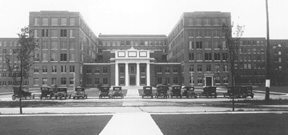 Construction begins on a new medical complex, conceived as the first to encompass a medical school and teaching hospital under one roof (although Vanderbilt University actually got there first via a speedier building program). The Spartan architecture advocated by Eastman and Whipple is dubbed "early penitentiary" by detractors--but it works.
| |
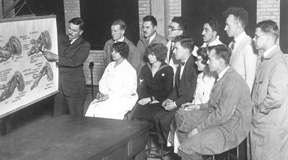 The School of Medicine and Dentistry welcomes its first class of 20 men and two women. They find a new faculty of up-and-coming young professors, many of whom will later make major contributions to medical science.
| |
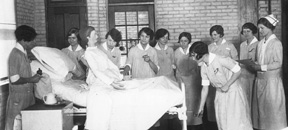 A "Nurses Training School" opens. One of the earliest to be affiliated with a university, the school offers the option of a five-year bachelor's program. Its first director is Helen Wood, also head of nursing practice in the hospital.
| |
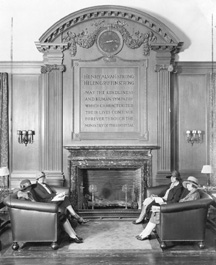 Strong Memorial Hospital opens without fanfare on January 4 when its administrator unlocks the front door. The first inpatient is admitted the next day, and the first surgery is performed three days later.
| |
| Medical Center scientists isolate progesterone, a breakthrough that eventually paves the way for the development of oral contraceptives.
| |
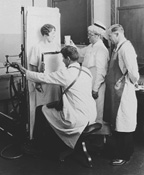 A Rochester radiologist publishes a paper on mammography, one of the earliest arguments for the importance to women of this procedure.
| |
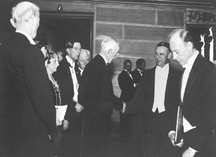 Whipple receives the Nobel Prize for his research leading to the alleviation of pernicious anemia. Three others affiliated with the Medical Center will also later receive the prize--research associate Hendrik Dam and alumni Vincent du Vigneaud '27 (PhD) and Arthur Kornberg '41 (MD).
| |
| Pioneering dental researchers publish their studies on the use of fluoride to prevent dental cavities.
| |
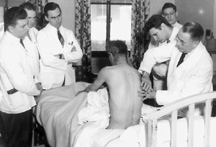 The medical school transforms medical education through training physicians to treat the "whole patient" using the biopsychosocial model that melds atttention to biologic, psychologic, and social factors.
| |
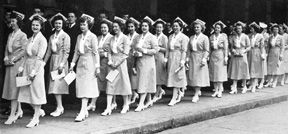 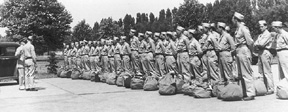 During World War II, Rochester joins other medical schools in an accelerated program; between 1942 and 1948, seven classes graduate. Most of the students are in uniform as members of Army and Navy training units. The School of Nursing also graduates greater numbers than ever before, with enrollment jumping nearly 100 percent by war's end.
| |
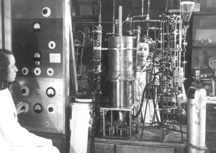 War shapes research programs. A large cadre of investigators takes part in the ultra-secret Manhattan Project, which designates Rochester as the national center for investigating the health hazards of atomic research.
| |
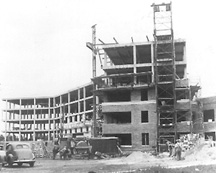 A Department of Psychiatry is founded, the first department added to the medical school since its opening. Construction of Wing R, first major addition to the building complex, gets under way.
| |
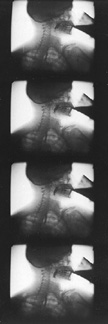 Researchers begin assembling and testing cinefluorography--the first motion picture X-rays, precursors to modern imaging techniques. Their films are later shown on nationwide television in the opening broadcast of Omnibus, acclaimed PBS cultural variety show.
| |
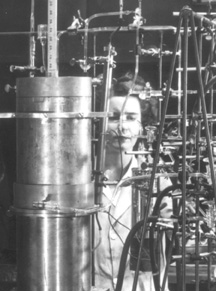 A record number of women (13) are in the medical school graduating class.
| |
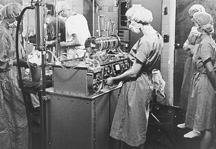 Strong Memorial Hospital acquires its first heart-lung machine.
| |
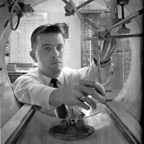 The University's hyperbaric pressure chamber is one of the first experimental chambers in use in the country.
| |
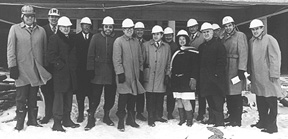 Ground is broken for a wholly new Strong Memorial Hospital. Over the next decade more than 700,000 square feet will be added to Medical Center facilities.
| |
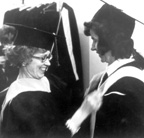 The School of Nursing, formerly a department of the medical school, is established as an independent academic unit and one of only a handful of nursing schools nationwide to integrate education, research, and service. Loretta Ford, co-founder of the nurse practitioner movement, is recruited as founding dean. In later years, the school's researchers introduce a number of advances that will change the nature of nursing practice.
| |
| The University becomes an international center for investigating the relationship between the mind and the immune system after researchers observe the influence of the brain over immunity in mice.
| |
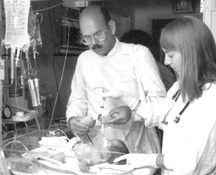 Rochester neonatologists are among the first to use nonhuman surfactant to treat immature lungs in premature babies, a therapy that has greatly increased the survival rate for premature babies.
| |
 Faculty research and lobbying result in New York State's safety-belt law, the first in the country. Other states follow, with countless lives saved.
| |
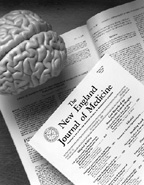 Rochester researchers announce their finding that the drug deprenyl significantly delays the onset of Parkinson's symptoms.
| |
| The Hib vaccine, developed by Rochester investigators, is approved for infant immunization. Over the next decade, the vaccine is responsible for virtually wiping out bacterial meningitis, a deadly childhood infection of the brain and spinal column.
| |
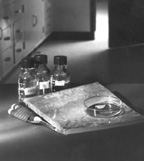 A Medical Center scientist becomes the first to successfully grow HPV 11--the human papillomavirus, cause of one of the most commonly transmitted sexual diseases--in cell culture.
| |
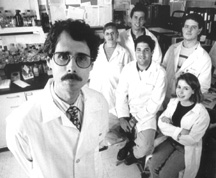 A team of Medical Center scientists is instrumental in developing a vaccine cocktail, known as an autologous tumor vaccine, that has eliminated cancerous tumors in laboratory rats.
| |
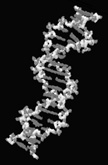 The medical school unveils a new "Double Helix" curriculum that combines basic science and clinical medicine in innovative ways.
| |
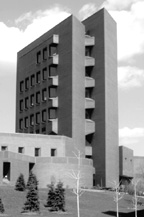 The Eastman Dental Center joins the University Medical Center, as planned but not achieved by dental center founder George Eastman some 70 years earlier.
| |
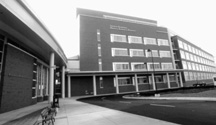 The Arthur Kornberg Medical Research Building opens. It houses the Aab Institute of Biomedical Sciences, the centerpiece of a 10-year, $550 million plan to dramatically expand the Medical Center's research programs in the basic sciences.
| |
| The School of Nursing revises its focus, centering its undergraduate programs on adult learners and practicing nurses and, among other innovations, establishing two clinical research centers, one studying aging and the other, vulnerable children and youth.
| |
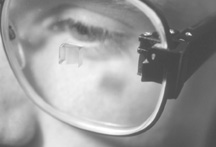 The Center for Future Health, a collaboration of University physicians and engineers, receives start-up funds to explore "gee-whiz" technologies--artificial intelligence, fiber optics, "smart" bandages, and wearable computers--that people will be able to use at home to help maintain their own health within the not too distant future.
|
Maintained by University Public Relations
Please send your comments and suggestions to:
Rochester Review.
[an error occurred while processing this directive]